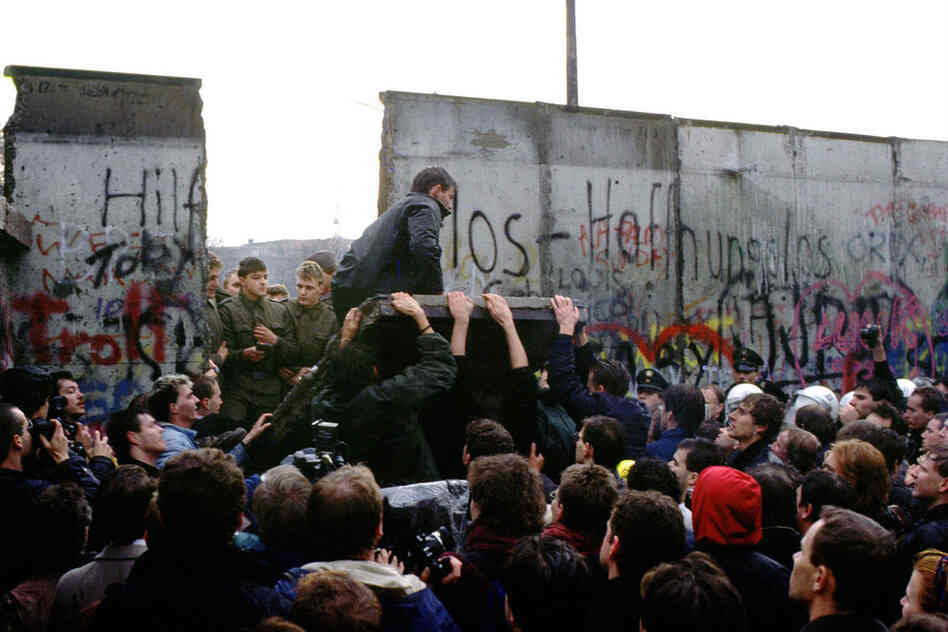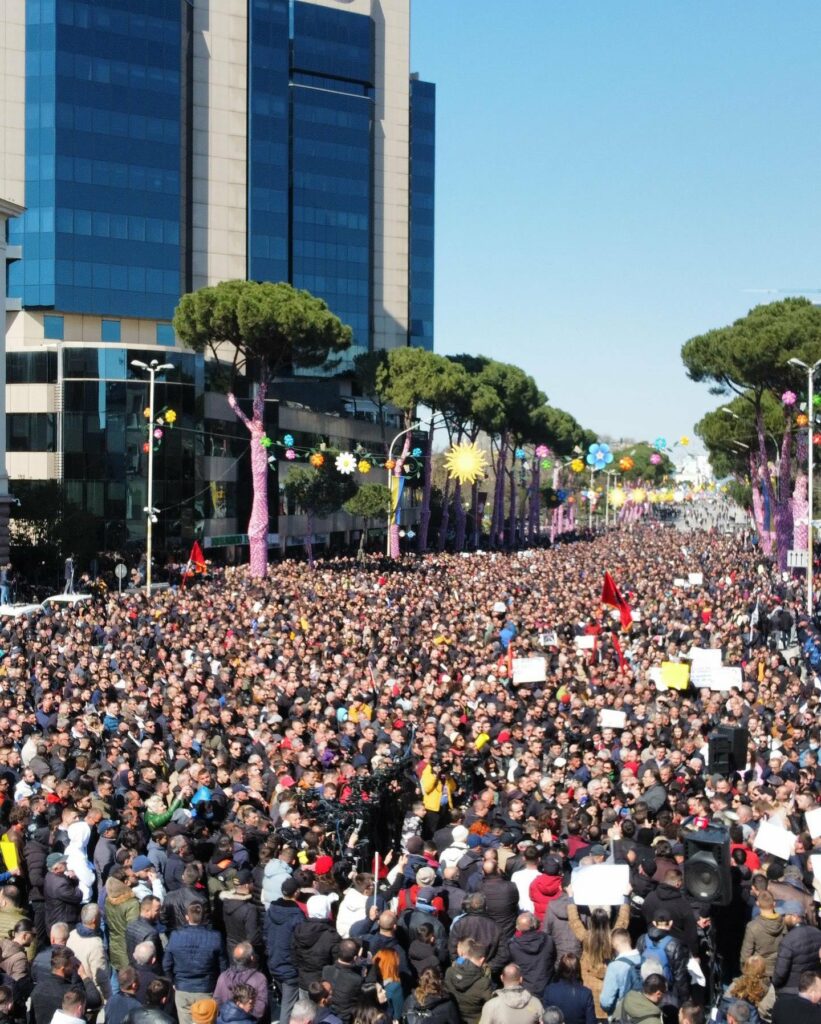Albania

New left party Lëvizja BASHKË (Movement TOGETHER) launched in Albania
John Pilger wrong on former Yugoslavia

Kosovans displaced by Milosevic's serb-chauvinist regime.
Eastern Europe: For whom the Wall fell? Balance sheet of the transition to capitalism

The Berlin Wall comes dow
NATO's Balkan war and the Kosova liberation struggle
By Doug Lorimer
[The general line of this report was adopted by the June 12-14, 1999 DSP National Committee plenum. Text is taken from The Activist, volume 9, number 5, 1999]
On Wednesday March 24, 1999, the secretary-general of NATO, former Spanish social-democratic minister of culture Javier Solana, told a press conference: "I have just given the order to the Supreme Commander of Allied Forces in Europe, United States General Wesley Clark, to begin air operations against the Federal Republic of Yugoslavia."
The following day 371 NATO warplanes undertook bombing raids and six NATO warships in the Adriatic launched cruise missiles against targets in the Federal Republic of Yugoslavia.
Between March 25 and the cessation of NATO bombing raids on June 9, more than 30,000 combat missions had been flown by NATO warplanes against Yugoslavia. Thousands of civilians in Serbia have been killed or wounded. Millions of Serbian workers are now living without electricity, or water, or jobs. Factories, power stations, houses, hospitals, bridges and roads have been destroyed or damaged. The destruction of oil refineries and petrochemical plants have poisoned the air, rivers and soil of Serbia with toxic products. It has been estimated that the reconstruction of damaged or destroyed infrastructure will cost between $US15-50 billion.
